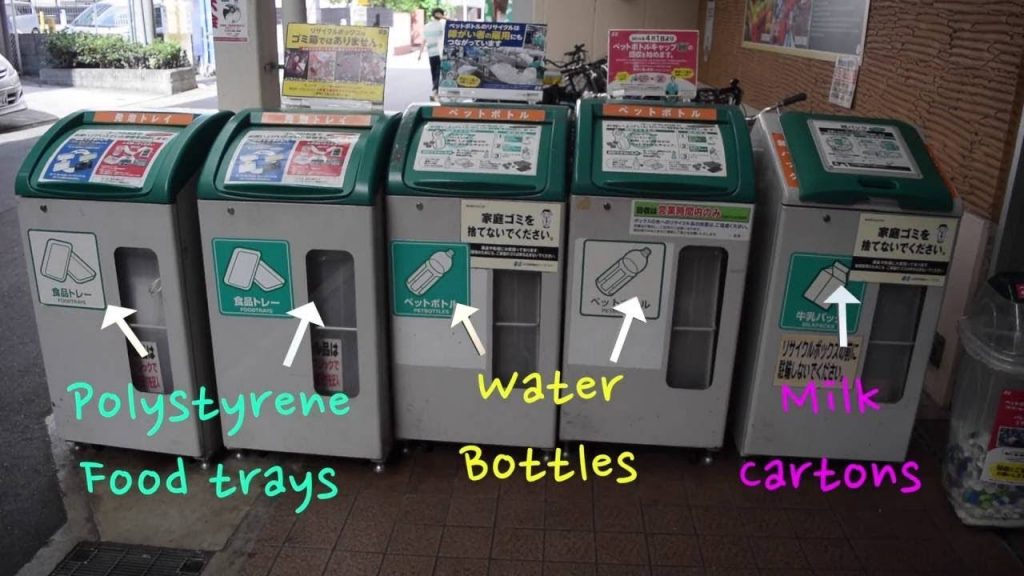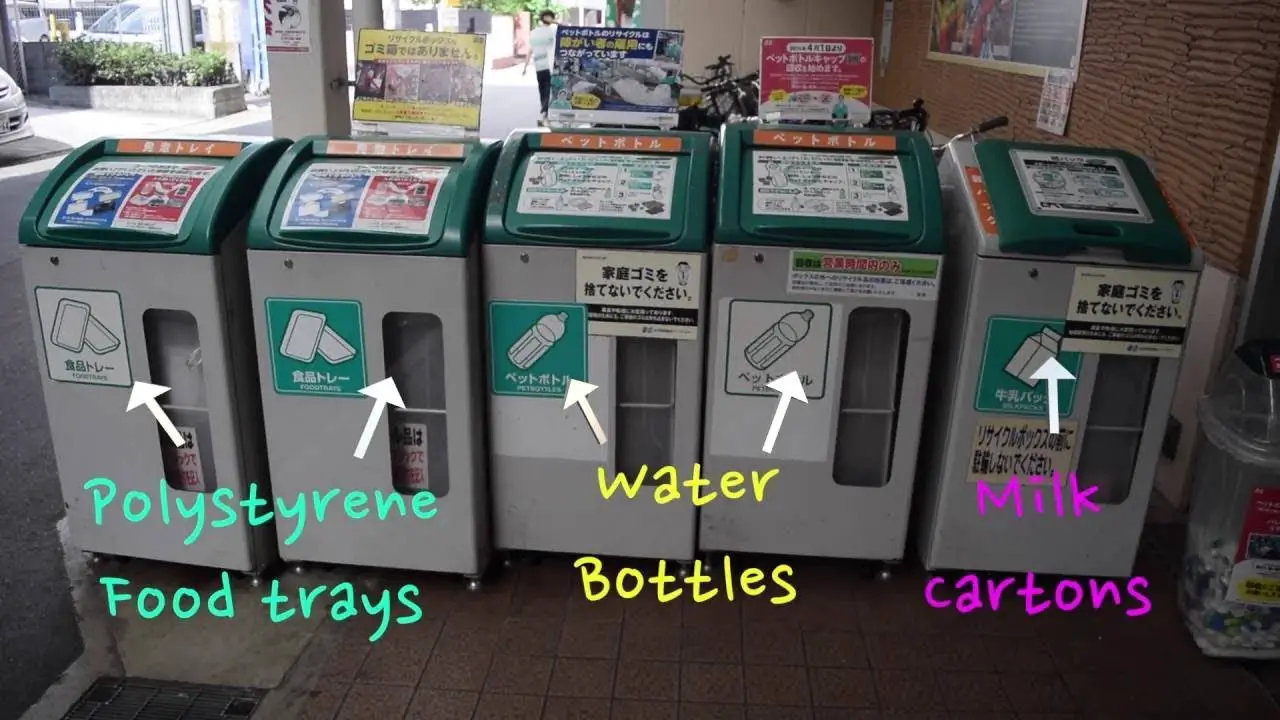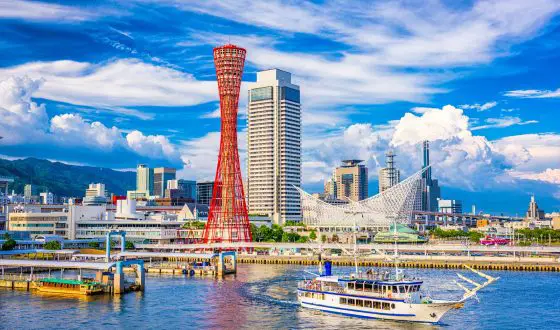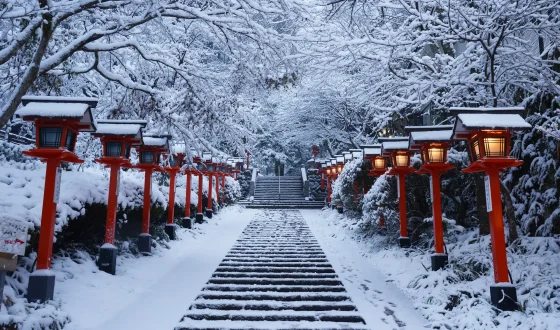Recycling in Japan: Everything you need to know
Japan is always known for its unique culture, a country of rich culinary history, amazing architecture, and many treasurable aspects of life. Beginning with Buddhist philosophy, there is a lifestyle that deeply influences many Japanese’s life which is “Mottainai”. In Japanese “Mottainai” translate to “Don’t waste anything that can be used again” or simply “what a waste”, and this phase represents Japanese’s awareness of waste management.
1. The reason behind
Japanese used to be one of the highest in plastic waste per capita only second to the USA. But unlike the USA who has a big landmass, Japan’s landmass is tiny compared to theirs. Therefore, most of the waste that the Japanese produce can’t go into landfills. They must find a solution for that. One solution for the problem is of course incinerating the waste to create energy, which Japan did very well. More than 50% of their waste is processed this way, but it still leaves them with more than 30% of the waste. This is when recycling in Japan shows its usefulness.
The Japanese ministry of environment has enforced Container and Packaging Recycling Law since 1997 to increase the recycling rate in Japan. After a decade of enforcement, Japan’s recycling rate has been increased to 20.8% in 2012.
To help you further understand the success of recycling in Japan, here are some interesting facts about Japanese’s recycling policies.

In Japan, customers/Consumers are required to properly sort their trash.
See more:
- Smoking In Japan – An Useful Guide For Foreigners
- Most Significant Japanese Habits – All Things You Must Know!
2. Customers/Consumers are required to sort
In Japan, customers/Consumers are required to properly sort their trash. Japanese must sort their waste into at least 3 different categories and with a maximum of 10 different categories. The sorted waste is then collected by the municipalities and one again sorted for the recycling company to collect. After being collected, the waste will enter the recycling process when some of them go to recycling facilities, others will go to recycling shops where they can be purchased and re-use by other people.
3. You must follow the Recycling rules
There are indeed Recycling rules to follow in Japan. As consumers are required to sort their waste and the sorting can vary from place to place, you will need to know the rules to do it right. Simply, just look for your local’s recycling guide known as Gomi guide. These guides often come in English so you do not have to worry about the information being accessible.
4. Recycling to save space
As mentioned above, Japan’s landmass is relatively small, not to mention most of Japan’s territory is a mountain landmass, not to mention Japan is ranked 11th worldwide for its population. Therefore, landfill is a terrible choice to process their waste.
In conclusion
All in all, recycling in Japan is something huge, the Japanese take the matter of recycling seriously. There are rules and regulations that you must follow, sometimes come to a place where it becomes a burden. But this presents the world with an opportunity: recycling that comes with a big effort can maximize your resources.









